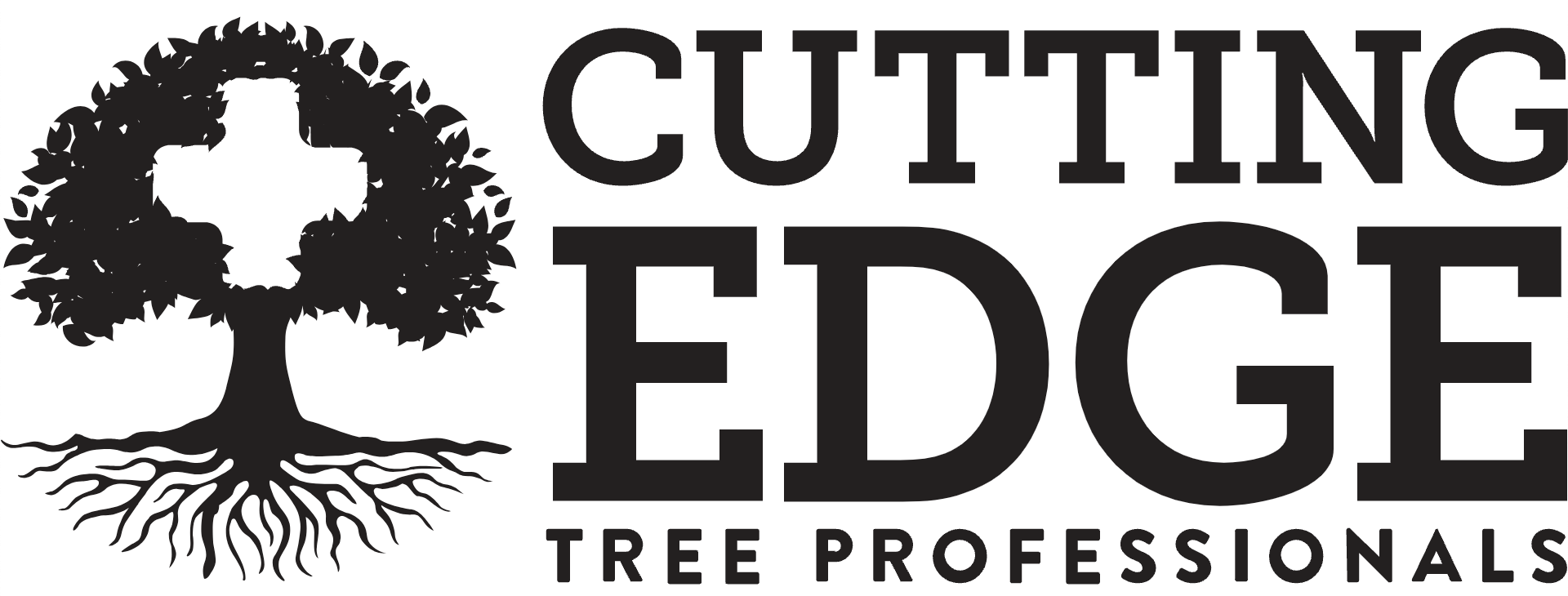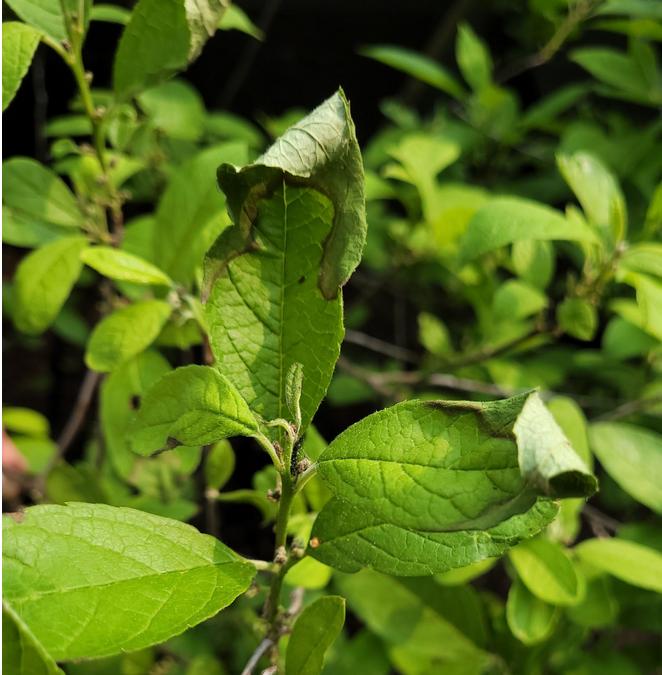Pennsylvania drought
My grass is brown, I haven’t cut it in two weeks now. I don’t mind too much. I’d rather not mow. But with the defoliation my trees experienced last summer from spongy moths (formerly gypsy moths) and the dry start to summer we are having now I would prefer some amount of rainfall and to be cutting grass before I lose any more trees.
Currently, 100% of Pennsylvania is listed as abnormally dry or in moderate drought.
Many of us celebrate warm days without rain. However, another sunny day is not always best. The soil is dry, and plants are starting to suffer. Imagine being a tree, anchored in one place, and dependent on rain from the sky to ensure there is adequate moisture in the soil to keep you alive and well….and working.
What kind of work does a tree do? Well, trees use carbon dioxide from the air, water from the soil, and light from the sun to make sugar through a process called photosynthesis.
The role of photosynthesis
Photosynthesis is complex and requires favorable conditions for it to occur. The actual process of photosynthesis occurs in the leaves. Moist soil conditions are essential for it to take place. Tree roots take up water from the soil and move it, along with minerals and nutrients, through long straw-like tubes in the tree’s wood (called xylem) to the leaves.
Photosynthesis combines carbon dioxide, which enters the leaf through small openings called stomates, water, and sunlight in special cells called chloroplasts which contain chlorophyll (the green color in leaves) to make simple sugars. Stomates are an important part of the process since they have the ability to open and close, thus controlling photosynthesis.
Stomates open and close by monitoring air temperature and the amount of soil water available. If temperature is too high and water availability too low the stomates close and the tree stops making sugars necessary for its growth and survival. When that happens, trees have to respire. That is, they have to use up sugars to carry out life functions.
Inadequate water can take its toll
The relationship between water in the soil and leaves is critical. On a hot summer day without rain, a tree might spend more of its time using up its sugars through respiration rather than using them to make wood, seeds, new twigs and buds, repairing damage, and getting ready for winter.
If things get really hot and water is too scarce, trees and most other plants will wilt. Most have probably seen wilting leaves. If water comes soon enough or the air temperature drops, as it does late in the day and through the night, plants can recover; however, the stress of inadequate water can take its toll.
Most trees generally survive extended periods of dry conditions but continued annual drought can kill even well established trees. Additionally, water-stressed trees are susceptible to other threats. Insects and diseases often attack trees whose defense mechanisms were weakened by drought.
What can you do?
What can you do? Signs of water-stressed trees include wilted, curled, or warped leaves, leaves that look scorched around the edges, early “fall” coloration, and ultimately shedding leaves. Other tree diseases can result in similar signs of leaf stress, so if you’re unsure, it’s best to ask an expert.
For newly planted and less well established trees, you can water them. Deep watering infrequently with a soaker hose will help encourage deeper root growth. A mulch layer of no more than 2-4 inches thick and not against the trunk of the tree (no mulch volcanoes!), will help with soil moisture retention as well as water infiltration when it does rain.
Be sure to closely watch the leaves, they are an early indicator of drought stress. Wilted leaves and leaves with scorched edges are easy to identify. Ask for help if you think your trees are being impacted by more than just drought. Cutting Edge Tree Professionals has International Society of Arboriculture (ISA) certified arborists on staff who have the knowledge to identify threats and risks to tree health.
Contact us at Cutting Edge Tree Professionals at 814-308-5071. You can also use our contact form by clicking here.
Written by: David R. Jackson, ISA Certified Arborist, Cutting Edge Tree Professionals

